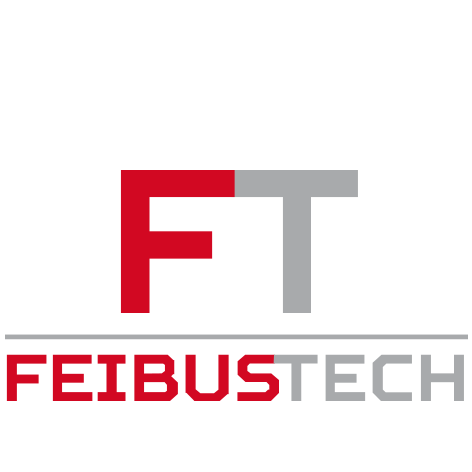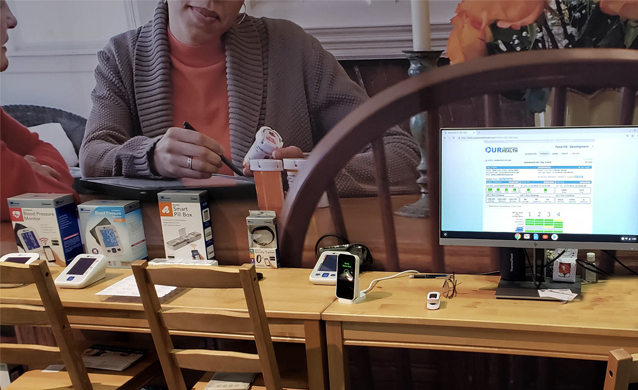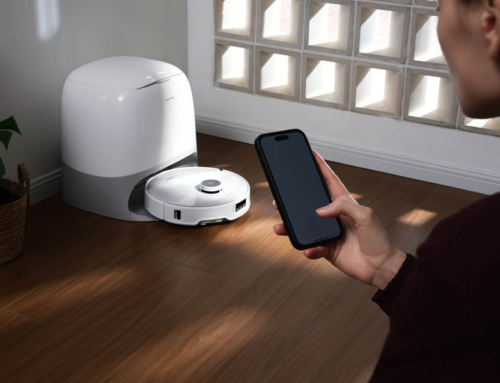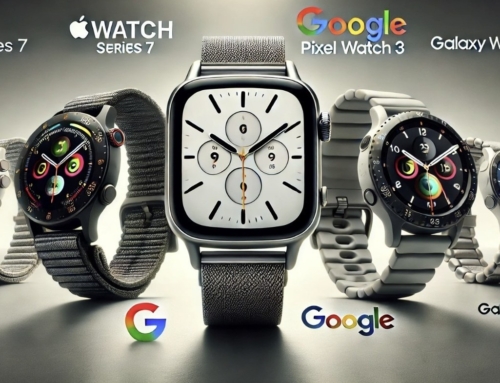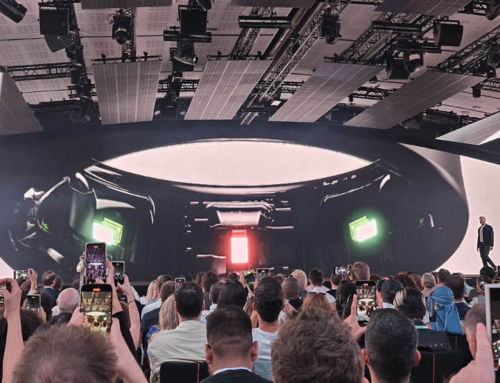As clinicians embrace remote patient monitoring,
emerging technologies lay the groundwork for a rich future.
Buoyed by a combination of rich product and service selection, as well as a clearer path to reimbursement for clinicians, remote patient monitoring made great strides in 2018 integrating into the healthcare workflow. And with critical new reimbursement codes in place, remote monitoring is poised to make a real dent in continuity of care in 2019.
Through it all, the intelligent home health gateway’s role as the centerpiece of choice for remote patient monitoring came more into focus at the HIMSS conference, held last week in Orlando. This new breed of intelligent edge hub is proving to be every bit as powerful and flexible as it is secure. Care providers are configuring kits around home health hubs to help keep patients healthier and more engaged, addressing a wider variety of conditions with a growing number of connected devices.
In the years ahead, the adaptability of home health gateways will serve the market well, as emerging technologies like 5G, voice UI and rich new sensor data will enhance existing capabilities and create new ones. FeibusTech expects myriad improvements to the insight clinicians will have at their disposal to keep patients healthier, minimize preventable readmissions and contain costs.
Clinicians don’t new, unmanaged data streams from remote monitoring. They want insight.
The operative word, of course, is insight. Which is why the success of future advances in remote monitoring technology rests, to a great degree, on artificial intelligence. Clinicians recognize the potential for better care. But they don’t want new, unmanaged data streams injected into patient records – primarily because they have trouble keeping up with the existing flow of data. AI can solve the conundrum by filtering the information stream, and flagging patients who may need clinicians’ attention.
5G: The Next Frontier
For all the hype surrounding 5G in the telecommunications space, many casual observers see it as simply a vehicle for faster mobile internet than 4G. Which is true, of course. But the real benefits of 5G extend well beyond that.
In particular, the manageability capabilities of 5G will allow for many times more devices to connect and communicate all at once on the network. As well, latencies are as much as 120 times lower than with 4G, which makes possible many new applications for healthcare and beyond.
Some believe that with such minute network delays, 5G will enable many remote applications, such as surgical procedures conducted remotely. Certainly, 5G’s low-latency communication will enable many new uses for remote patient monitoring as well. That said, FeibusTech doesn’t expect those new capabilities to become evident for several years, before next-generation networks are commonplace. At that point, the prevalence of very fast, ultra-dense, low-latency networks will stoke innovation – and a wave of new products and services will follow.
The Richness of Voice
In the meantime, voice-assist technology is primed and ready for integration into home health. The rapid proliferation of intelligent assistants like Amazon’s Alexa and Google Assistant is helping consumers grow comfortable with voice for simple command-and-control tasks. That bodes well for remote patient monitoring, which demands regular weight, blood pressure, glucose and other biometric measurements from patients with a wide range of comfort with technology. In addition to the marquis suppliers, many smaller companies are developing voice UIs for healthcare in general, and remote patient monitoring in particular.
Voice-for-healthcare provider Orbita displays its wares at HIMSS. (Photo: Mike Feibus)
Voice interaction also has the potential to unlock a veritable gold mine of health data. Several startups, in fact, are developing algorithms to detect early onset of conditions like Alzheimer’s and Parkinson’s.
Once in place, voice-enabled devices can also be used for sonar detection, to keep tabs on patients’ location and activity. They can even be used to monitor psychological markers for loneliness and depression, two key determinants for overall health as well as prognosis for recovery. Of course, for voice analysis to become an integral component of remote monitoring, providers will need to tackle privacy issues as well as overcome the technical and logistical challenges.
The Sixth Sens-or
There are other technologies emerging to monitor location and activity. Connected cameras are a great way to keep tabs on those who are rehabbing after a hospital stay, managing chronic conditions or aging in place. But although they’re powerful tools for clinicians, family members and other caregivers, many patients refuse to be monitored by surveillance video out of privacy concerns.
There are other passive monitoring technologies that offer substantially more privacy than cameras. In addition to sonar, companies are employing a wide swath of technologies for monitoring, including traditional Wi-Fi, millimeter wave, infrared – even radar. Of course, traditional motion, temperature and humidity sensors can also be used to supplement caregivers’ picture of the situation.
Wearables and other on-body devices have tremendous potential for assessing patients’ progress, though at this stage it is too early to tell whether suppliers will be able to successfully navigate the terrain from consumer to medical product. Some physicians dismiss wearables because they’re generally not as accurate as clinical devices, while others have been more open-minded and have, as a result, discovered creative ways to tap wearables data to assess patients’ condition.
Suppliers are getting more creative as well. Optical sensors found on many wearables to measure heartrate are not accurate enough for FDA clearance. But as some wearables makers have proven, the sensors are accurate enough to get clearance for algorithms that detect abnormalities like heart arrythmia. On detection, these wearables typically recommend users take an ECG with an FDA-approved device, which is subsequently transmitted to a clinician. In coming years, FeibusTech expects wearables to get cleared for more first-line-of-defense warnings, such as for high blood pressure or glucose levels.
Finally, insurance providers – which aren’t constrained by the same rigid definitions of accuracy as clinicians – are beginning to bundle wearables-based wellness programs into group coverages. Such payer programs could help garner acceptance of wearables from clinicians.
Home Health Gateways: Now and Into the Future
At the center of all this activity – today, and tomorrow – are home health hubs. Gateways offer an unrivaled combination of performance, flexibility and lock-down security. Care providers can easily tailor hubs with their own applications, building as much or as little of the interface into the device itself. And they can do so knowing that the platform is not only secure, but built around open standards – so their investment doesn’t lock them in.
Home health gateway.
In the coming years, care providers’ needs will undoubtedly be changing. They’ll likely rely more on video, as clinicians increasingly prescribe tutorials, diagnose and even treat patients remotely. And they likely rely on more data inputs, which means they’ll require fast, reliable connectivity along with the horsepower and smarts to keep things humming.
Going forward, the built-in smarts will become increasingly important. Most clinicians aren’t the least bit interested in having the EMR overrun by streams of remote patient data. So home health hubs will have to do more than simply collect and transmit data.
Indeed, for remote monitoring to be successful, care providers must have algorithms running on hubs with AI horsepower at the edge to make sense of the data before it ever reaches the EMR. Home health gateways will no doubt evolve to meet this need, as well.
